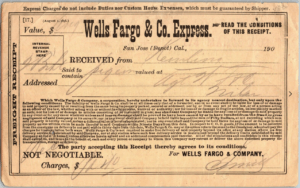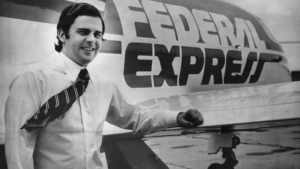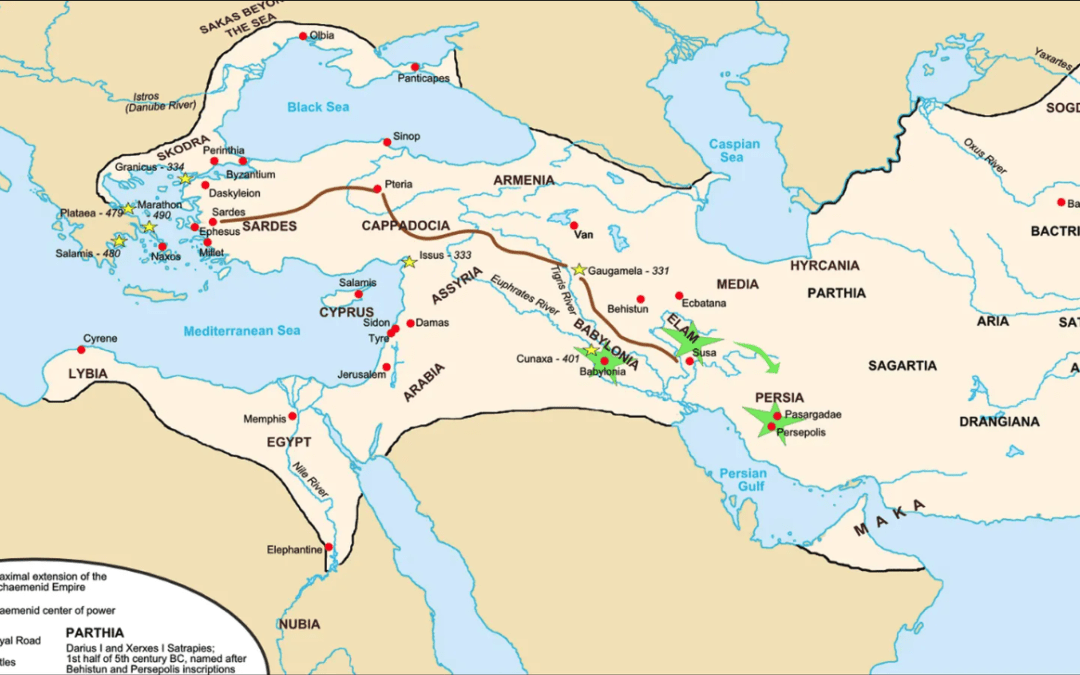Package delivery is an essential part of our modern world, connecting people, businesses, and communities with the goods they need. This article delves into the fascinating history of package delivery, tracing its origins and examining the transformative advancements that have shaped the industry over time.
The Beginning of Package Delivery
The origins of package delivery can be traced back to ancient civilizations, where the need to transport messages and goods across long distances led to the development of rudimentary courier systems. In ancient Egypt, for example, runners were employed to carry messages and small items from one location to another. These individuals were tasked with traversing vast stretches of land to ensure timely delivery.
The Persian Empire also played a significant role in the evolution of package delivery. In the 6th century BCE, the empire established an organized postal system known as the “Royal Road.” This system consisted of a network of stations and relay posts that facilitated the efficient exchange of correspondence and packages. The Royal Road stretched across thousands of miles, connecting various regions of the empire and promoting communication and trade.
Moving forward in history, the Roman Empire further refined the concept of package delivery. The Romans introduced a sophisticated system of road networks, known as “Viae Publicae,” which connected major cities and facilitated the movement of goods. The empire’s military also played a crucial role in transporting messages and important documents throughout their vast territories.
Package Delivery in the Middle Ages
During the Middle Ages, package delivery evolved alongside the emergence of guilds and trade networks. Merchants and traders relied on specialized messengers, known as “couriers,” to transport valuable goods and documents across different regions. These couriers often traveled on horseback or foot, braving challenging terrains and unpredictable weather conditions to ensure the safe delivery of packages.
The Renaissance period saw the establishment of postal services in various European countries. In 1516, King Henry VIII of England appointed Sir Brian Tuke as the “Master of the Posts,” marking the official recognition of the postal system in England. Similar developments occurred in other European nations, with governments recognizing the importance of facilitating efficient communication and trade through reliable package delivery services.
19th Century: Package Delivery Evolves
 However, it was during the 19th century, with the rise of industrialization and urbanization, that package delivery underwent significant transformations. The rise of industrialization and urbanization created a need for more efficient means of transporting goods. Postal services began to play a crucial role in package delivery, as governments recognized the importance of facilitating trade and commerce. In 1852, Wells Fargo, a renowned American delivery company, was established to provide secure transportation for valuable packages and merchandise during the California Gold Rush.
However, it was during the 19th century, with the rise of industrialization and urbanization, that package delivery underwent significant transformations. The rise of industrialization and urbanization created a need for more efficient means of transporting goods. Postal services began to play a crucial role in package delivery, as governments recognized the importance of facilitating trade and commerce. In 1852, Wells Fargo, a renowned American delivery company, was established to provide secure transportation for valuable packages and merchandise during the California Gold Rush.
The Birth of Modern Package Delivery
 The late 19th century witnessed significant advancements in package delivery. In 1899, the American Post Office introduced Rural Free Delivery (RFD), enabling packages to be delivered directly to rural areas. Meanwhile, express delivery companies such as United Parcel Service (UPS) and Federal Express (now FedEx) emerged, catering to the growing demands of businesses and consumers.
The late 19th century witnessed significant advancements in package delivery. In 1899, the American Post Office introduced Rural Free Delivery (RFD), enabling packages to be delivered directly to rural areas. Meanwhile, express delivery companies such as United Parcel Service (UPS) and Federal Express (now FedEx) emerged, catering to the growing demands of businesses and consumers.
The early 20th century brought further innovations. In 1913, the introduction of the parcel post system in the United States allowed individuals to send packages through the mail at affordable rates. This development revolutionized the accessibility of package delivery and encouraged the growth of mail-order businesses.
The Rise of Air Transport and Tracking Technologies
Air transport played a pivotal role in propelling package delivery to new heights. In 1919, the world’s first scheduled international air cargo service was established between London and Paris. Over time, air cargo expanded globally, enabling packages to be delivered swiftly across vast distances.
Advancements in tracking technologies further revolutionized the industry. In the 1970s, the introduction of barcodes allowed packages to be scanned and tracked at various points along their journey. This increased transparency and provided customers with real-time updates on their shipments. The 1980s witnessed the advent of handheld devices and GPS technology, further enhancing the efficiency and accuracy of package delivery.
The Digital Age and E-Commerce Boom
The advent of the internet and the rise of e-commerce in the 1990s brought about significant changes in the package delivery landscape. Online retailers, such as Amazon, transformed the way goods were bought and sold, leading to a surge in package deliveries worldwide. Delivery companies had to adapt to the exponential growth in demand, resulting in more efficient logistics systems, automated sorting facilities, and streamlined processes.
Additionally, customers now had the convenience of tracking their packages online, managing delivery preferences, and receiving notifications via email or text messages. Same-day and next-day delivery services became commonplace, further raising customer expectations and challenging delivery companies to innovate.
The Future of Package Delivery
Looking ahead, package delivery continues to evolve as technological advancements shape the industry. The utilization of drones for last-mile delivery is being explored, promising faster and more flexible delivery options. Autonomous vehicles and robotics are also poised to revolutionize the logistics sector, streamlining operations and reducing costs.
Moreover, sustainability has become a key focus, with an increasing emphasis on reducing carbon emissions. Electric and hybrid vehicles, as well as alternative fuels, are being adopted to create more environmentally friendly delivery networks.
The history of package delivery is a testament to human ingenuity and the relentless pursuit of efficiency. From ancient messengers to modern drones, the industry has continually adapted to meet the changing needs of society. As we move into the future, it is certain that package delivery will continue to evolve, connecting people and delivering goods in ever more innovative ways.

